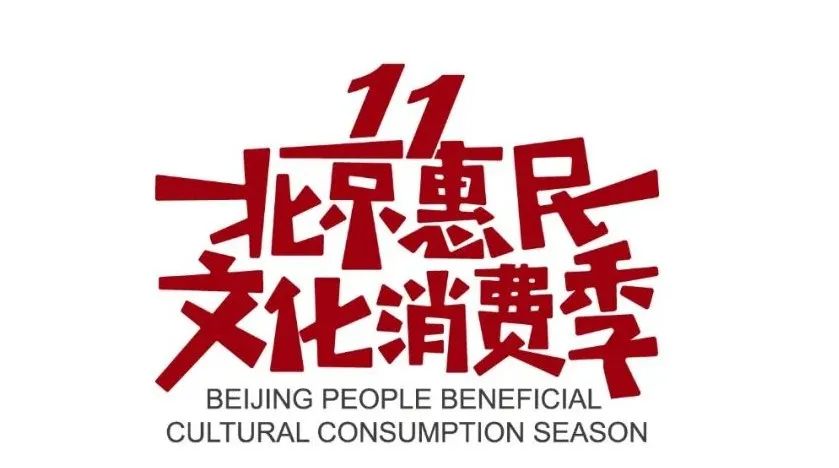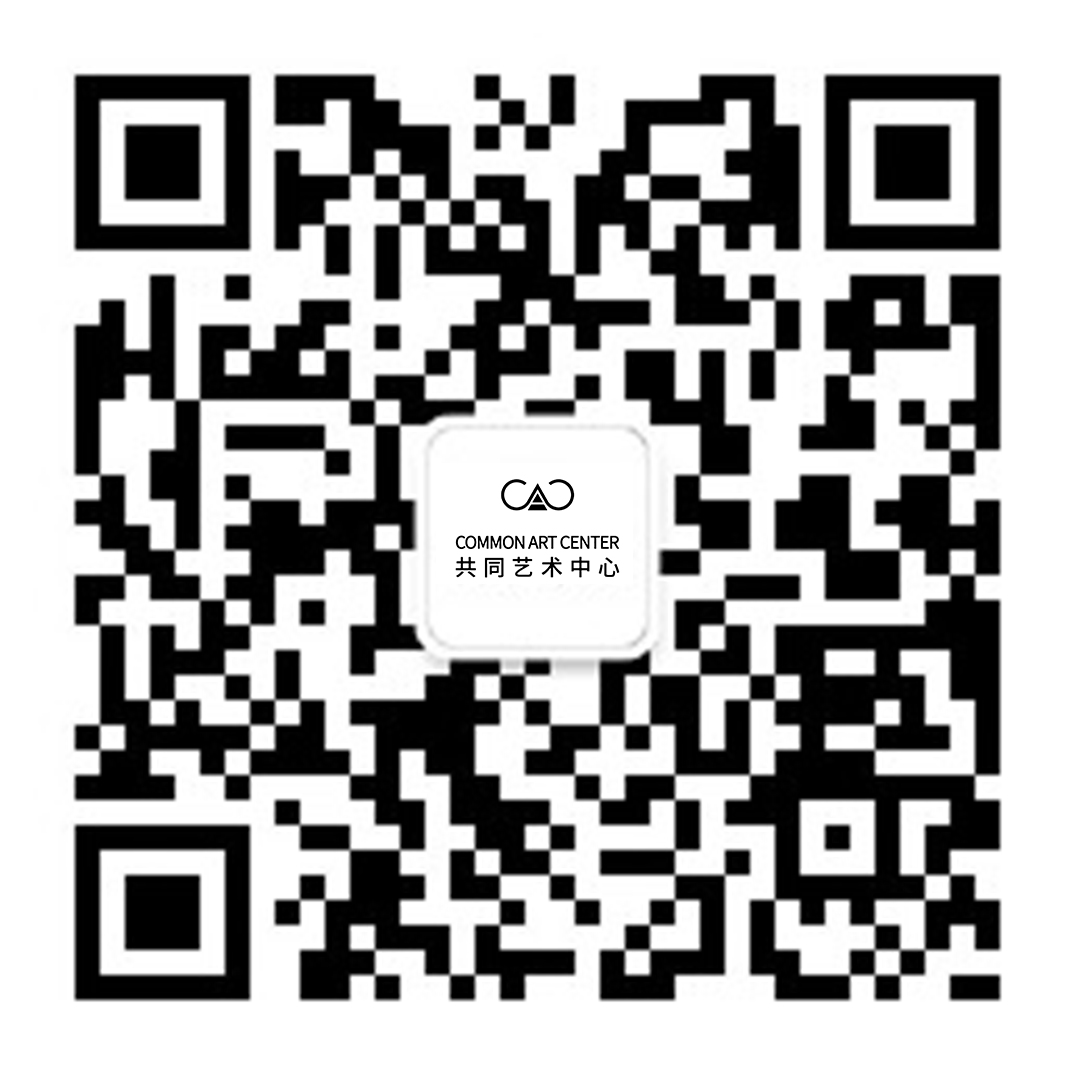

 Exhibition Site
Exhibition SiteThe Multidimensional of Image
Text / Li Guiming
Friedrich Hitler divided the history of human image evolution into three stages: artistic images, analog images, and digital images. We see that the three have occurred successively, but still overlap and exist today.

 Exhibition Site
Exhibition SiteBefore the 20th century, visual art usually referred to the two main forms of art, painting and sculpture (the stage of handmade images). In the 20th century, especially in the second half, the forms of art experienced explosive growth, including photography, installation art, video art, virtual art, as well as art forms using biotechnology and 3D printing technology (simulated image stage).


 Fang Er & Meng Jin, Dimensional Reverberance, Rotating LED Screen / Wooden Board / Acrylic, D45cm, 2022-2023
Fang Er & Meng Jin, Dimensional Reverberance, Rotating LED Screen / Wooden Board / Acrylic, D45cm, 2022-2023
The digital era of the 21st century has arrived, and art forms such as digital art, interactive art, and internet art that rely on new technologies for creation have become more mature. Various new digital technologies are widely used in art creation (digital image stage).

 Tian Xiaolei, Man of Theseus, Loop Video, Variable Size, 2023
Tian Xiaolei, Man of Theseus, Loop Video, Variable Size, 2023In the past decade, with the development of digital technology and the iteration of the internet, images have been constantly created and disseminated. According to incomplete statistics, social networks spread over 3 billion images every day, and YouTube has accumulated over 13 billion videos. Artists will not only gain creative convenience from new media, but also face the challenges of constantly changing media.

 Shen Bin, Between 0&1_a, Digital Image, Size and Material Variable, 2023
Shen Bin, Between 0&1_a, Digital Image, Size and Material Variable, 2023
From the first time humans drew images in caves, to the text to image conversion achieved by AI today. As the oldest art form in current history and the youngest new media art in art history, painting art has both inherent inheritance and fundamental evolution. Together with other art forms, they constitute today's complete art world.


Based on the above concept, this exhibition selects 10 contemporary Chinese artists who use different media to create as sliced samples and juxtaposes them, presenting the diversity characteristics brought about by the evolution of art media and the aesthetic tastes of different media. Let the audience experience the static and emotional beauty of painting, as well as the dynamic and rational beauty of new media art.


 Huang Zi, Circle·Girl with A Kokoshnik, Visual Installation, Variable Dimensions, 2023
Huang Zi, Circle·Girl with A Kokoshnik, Visual Installation, Variable Dimensions, 2023 Exhibition Site
Exhibition SiteOn the afternoon of January 20, 2024, at 4:00 pm, the Common Art Center presented an artist group exhibition titled "The Transformation and Slicing of Images". The exhibition was curated by Li Guiming and showcased the diverse and brilliant creations of 10 artists. The exhibition focuses on the relationship between imaging devices and reality, while expanding the discussion of current image production and consumption.


 Wang Fei, New Beginning, Ink on Paper, 155×121cm, 2022
Wang Fei, New Beginning, Ink on Paper, 155×121cm, 2022
The exhibition consists of two parts. The first part, "Transformation," is a traditional medium painting work presented by four artists, Ge Yajing, He Jia, Wang Fei, and Yao Zhiyan, showcasing the artist's multidimensional understanding and exploration of painting language.


 Yao Zhiyan, Come and Go, Oil on Canvas, 200×170cm, 2022
Yao Zhiyan, Come and Go, Oil on Canvas, 200×170cm, 2022Artists use an individualized perspective to understand the relationship between painting and image production, painting and art history, painting and social and cultural changes.

 Ge Yajing, Freedom of Horizontal Exile, Acrylic, Image Transfer, Spray Paint Oil Pastel, Cloths, 213×158cm, 2023
Ge Yajing, Freedom of Horizontal Exile, Acrylic, Image Transfer, Spray Paint Oil Pastel, Cloths, 213×158cm, 2023
The second part "Slicing" presents the works of six artists, including Fang Er, Meng Jin, Huang Zi, Shen Bin, Tian Xiaolei, and Yang Chunyi, focusing on the arrangement and reorganization of visual elements in new media image art.

 Fang Er & Meng Jin, Dimensional Reverberance, Rotating LED Screen / Wooden Board / Acrylic, D45cm, 2022-2023
Fang Er & Meng Jin, Dimensional Reverberance, Rotating LED Screen / Wooden Board / Acrylic, D45cm, 2022-2023Starting from the perspective of examining contemporary self media, artists use their unique artistic language techniques and work methods to create new images of contemporary art through folding, flipping, and displacement.

 Huang Zi, Circle·Vanitas, Visual Installation, Variable Dimensions, 2023
Huang Zi, Circle·Vanitas, Visual Installation, Variable Dimensions, 2023
We hope to stimulate the audience's thinking on traditional media static illustrations through an exhibition, and at the same time, to open up infinite contemplation on alternative expressions of image installation art. The exhibition will continue until March 2, 2024, spanning the New Year holiday. We welcome everyone to come and observe the exhibition.

 Tian Xiaolei, Exit and Entrance, Loop Video, Variable Size, 2018-2020
Tian Xiaolei, Exit and Entrance, Loop Video, Variable Size, 2018-2020

About Curator

Li Guiming
Curator and photographer. The current Art Director of HEX LAB is dedicated to digital content innovation and planning cross disciplinary art and cultural projects, empowering brands and businesses with art. Participated in the planning of the "Absolute Public Screen" project, using digital art exhibition forms to intervene in public open spaces and interact with the public.
As a photographer since 2005, he has been using his lens to monitor the development of contemporary Chinese art. He has been invited to visit hundreds of Chinese contemporary artist studios, including Cai Guoqiang, Zhang Xiaogang, Jia Aili, Wang Guangle, and others, to capture portraits of artists with distinctive characteristics of the times and the status of the studios. He has been published in important domestic and foreign media such as Bazaar Art, Vision, Art and Design, Hi Art, and Mirror Weekly. At the same time, it also recorded precious images of the ecological changes in the Beijing Art District, and is an important builder of contemporary Chinese art image literature. Since 2009, I have been involved in the overall planning and media promotion of hundreds of art exhibition projects as an art planner, covering important art museums, art institutions, and commercial spaces both domestically and internationally. After 2020, as a curator, he focused more on the development of digital media art and trendy art, and was committed to artistic intervention in more public spaces.

http://www.commonartcenter.com
weibo:共同艺术中心
Instagram:commonartcenter
Facebook:Common art center
Common Art Center, 707-b03 Hongshi Square, No.2 Jiuxianqiao Road, Chaoyang District, Beijing, China
